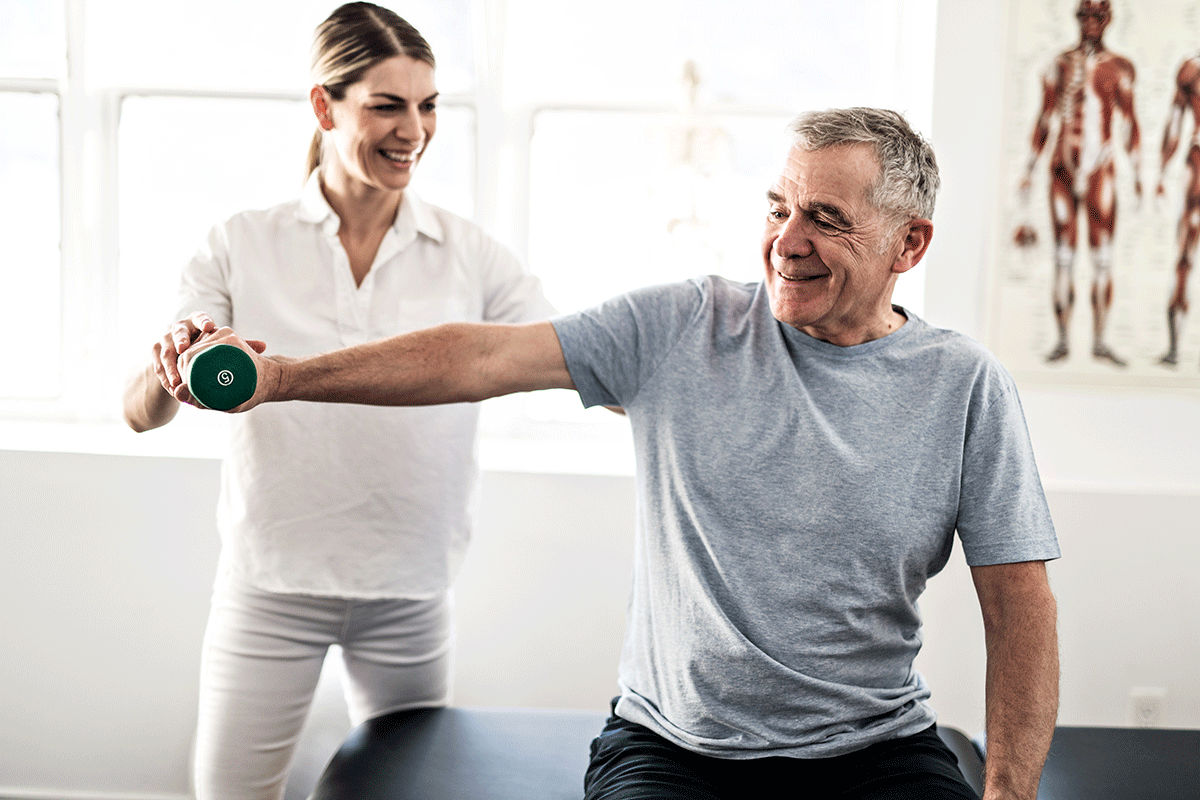Exploring the Diverse Methods of Physical Rehabilitation for Improved Healing and Rehabilitation
Exploring the Diverse Methods of Physical Rehabilitation for Improved Healing and Rehabilitation
Blog Article
Physiological rehabilitation is an essential discipline that assists people recover from traumas, operations, and multiple medical issues. It involves a variety of methods designed to enhance mobility, alleviate discomfort, and boost general bodily function. Physical practitioners are trained professionals who evaluate each client’s requirements and create customized treatment plans. These programs often include exercises, manual therapy, and instruction about physical mechanics. By employing these varied approaches, physiotherapy can significantly improve a person’s quality of living.
One common method used in physical is rehabilitative exercise. This involves targeted actions and activities that assist strengthen muscles, improve range of motion, and boost endurance. For instance, a client recovering from knee surgery may engage in workouts that concentrate on rebuilding strength in the leg muscles. These activities are meticulously selected based on the individual’s condition and objectives. By gradually boosting the difficulty and challenges of the activities, physiotherapy practitioners can assist clients recover their strength and movement over a period.
Another crucial technique is manual treatment, which includes physical methods to manipulate the body’s soft muscles and articulations. This can involve flexibility exercises, joint movement, and massage. Hands-on therapy aims to relieve discomfort, minimize swelling, and improve blood flow. For instance, a therapist may apply gentle force to relieve tension in stiff muscle groups or to help a articulation move more smoothly. This method is often combined with other therapies to enhance recovery and encourage healing. Clients often consider manual treatment to be a relaxing and beneficial way to control their discomfort.
In addition to workouts and manual treatment, instruction plays a crucial part in physical. Practitioners instruct patients about their issues and how to handle them effectively. This may entail guidance on correct posture, physical mechanics, and techniques to prevent subsequent injuries. For example, a practitioner might demonstrate a patient how to raise heavy items safely to avoid injuring their back. By enabling patients with see knowledge, physical therapists assist them take an engaged role in their recovery and encourage sustained wellness and fitness.
Ultimately, technology is progressively being integrated into physiotherapy practices. Devices such as ultrasound, electrical stimulation, and immersive environments can enhance conventional treatment approaches. These tools can assist alleviate pain, encourage recovery, and provide engaging methods for patients to engage in their rehabilitation. For example, immersive reality can generate immersive environments for patients to practice actions in a safe plus protected setting. As advancements continues to evolve, it provides exciting opportunities for enhancing recovery outcomes in physical.
In summary, physical includes a variety of techniques that function in unison to support recovery and healing. Through rehabilitative activities, manual treatment, patient education, and the application of technology, physiotherapy therapists offer comprehensive care customized to each individual’s requirements. This comprehensive approach not only assists clients regain their bodily abilities but also empowers them to sustain their health in the long-term run. As an increasing number of people recognize the benefits of physical, it continues to serve a crucial part in the pathway toward enhanced health and fitness.